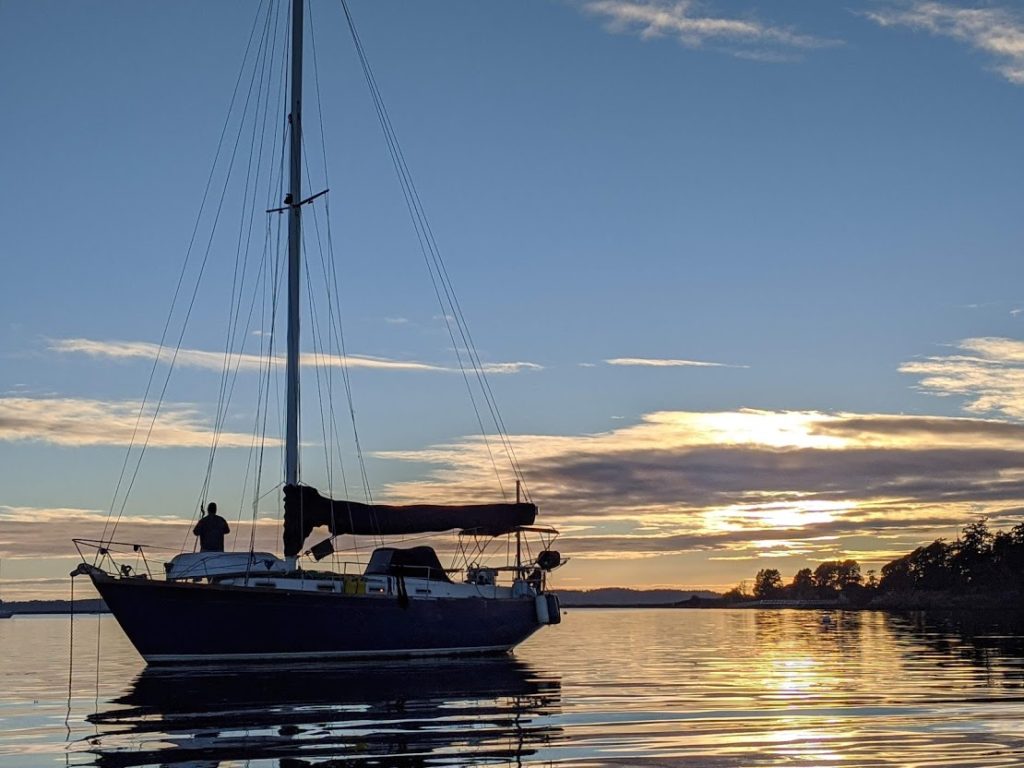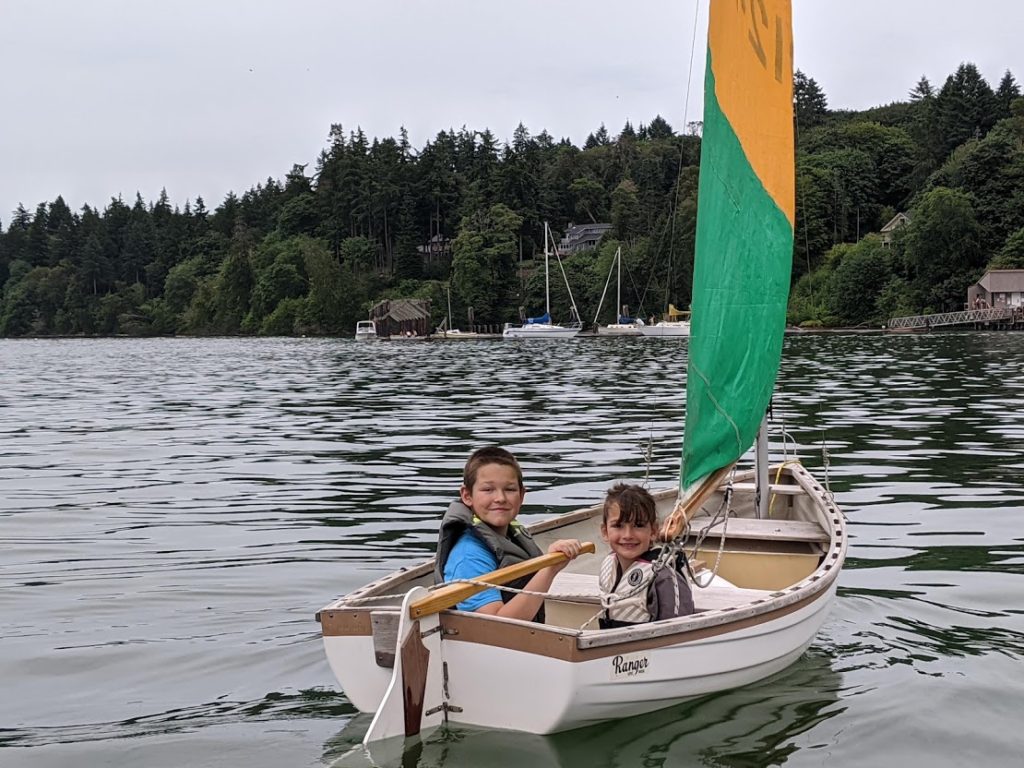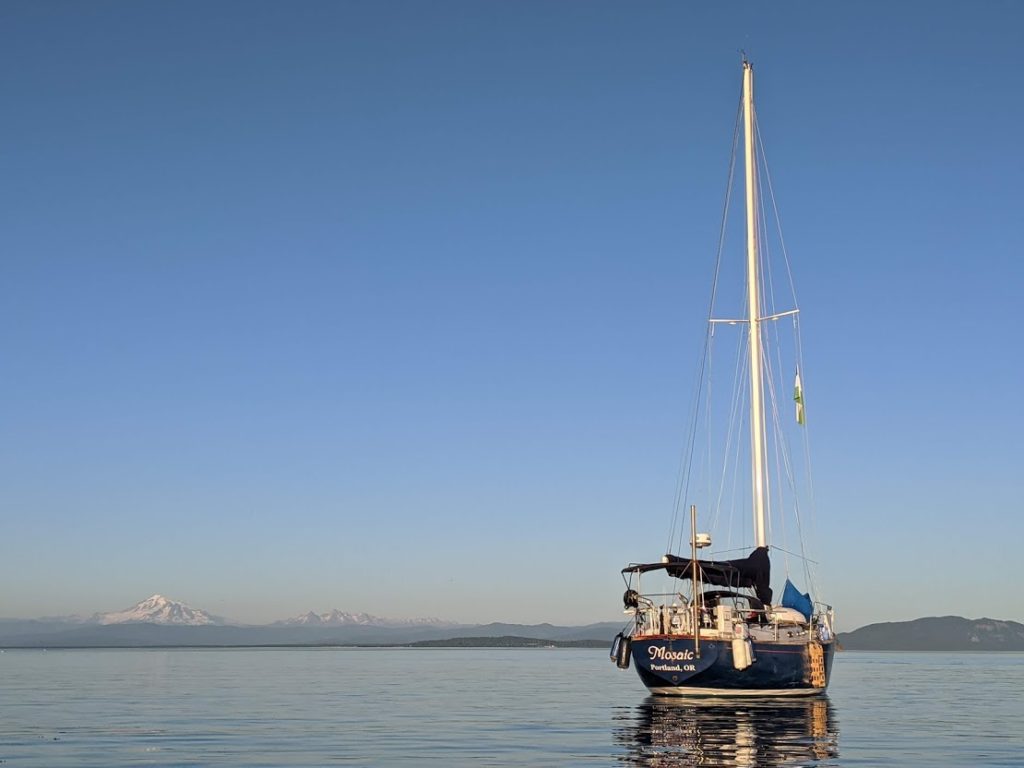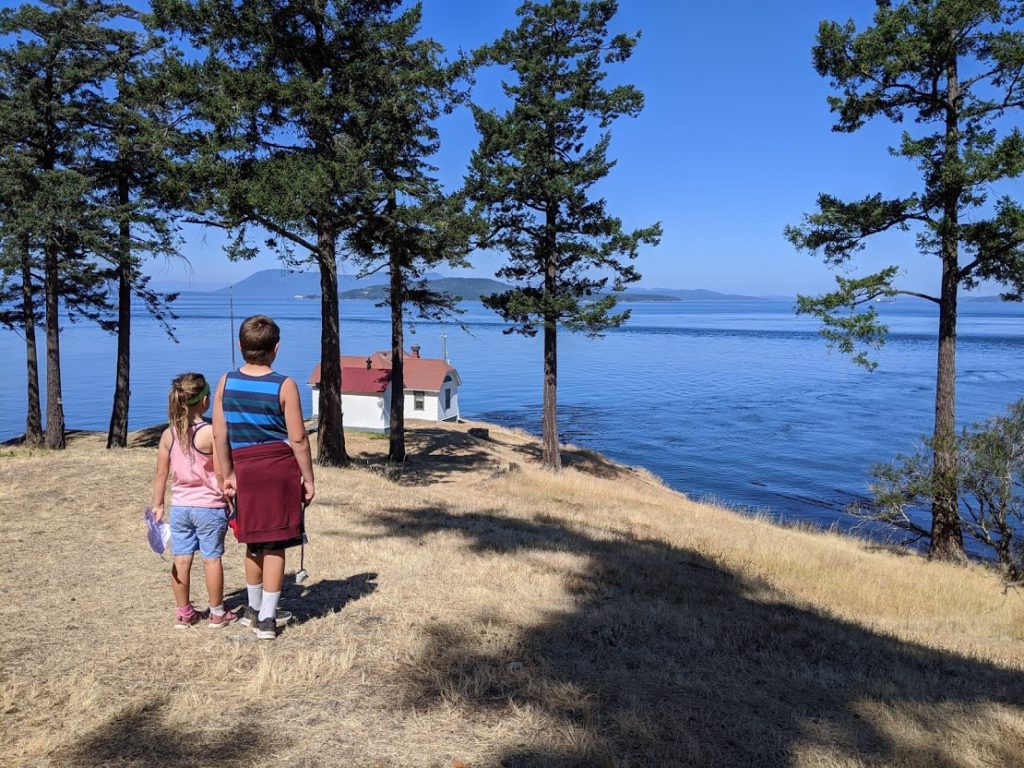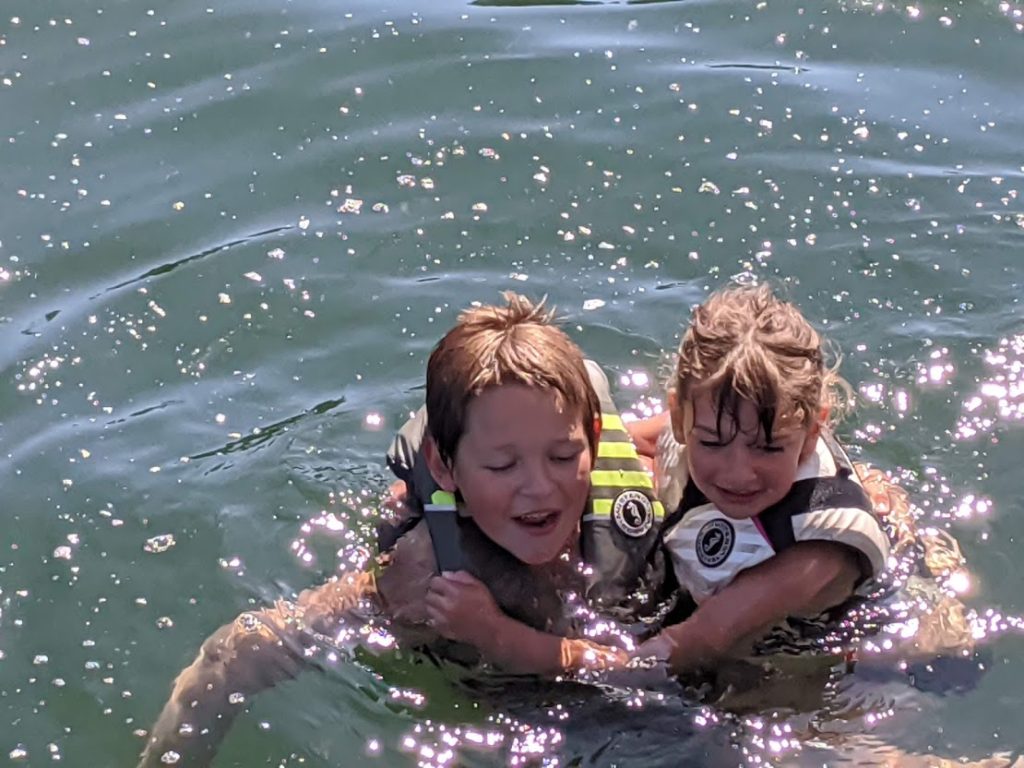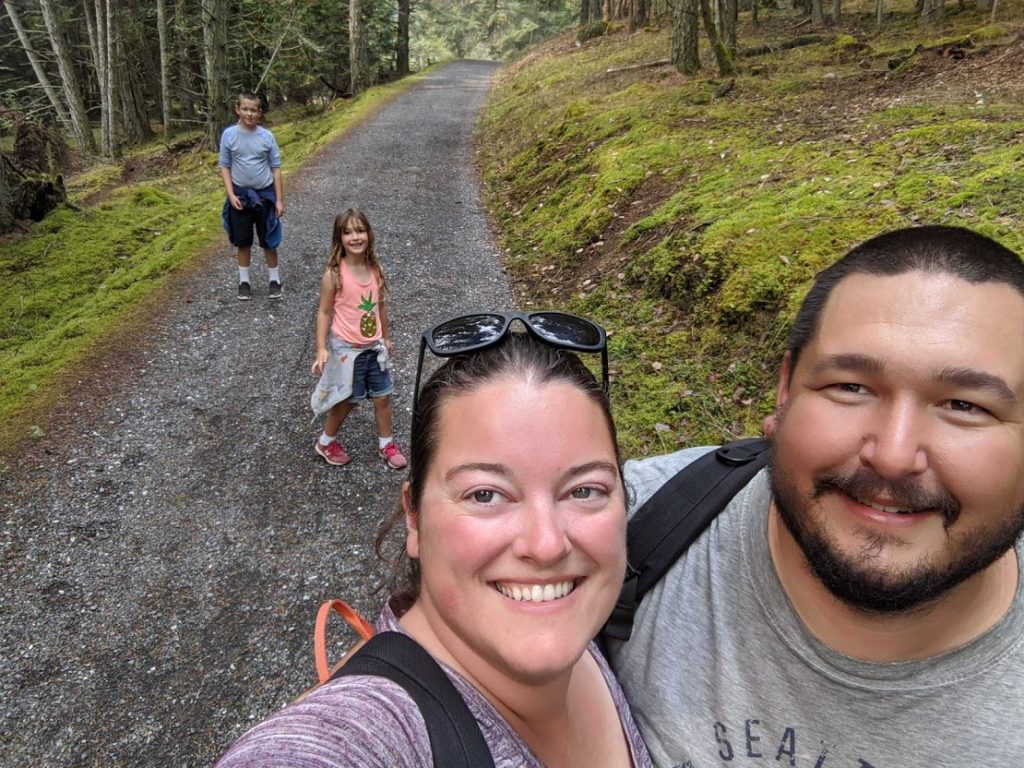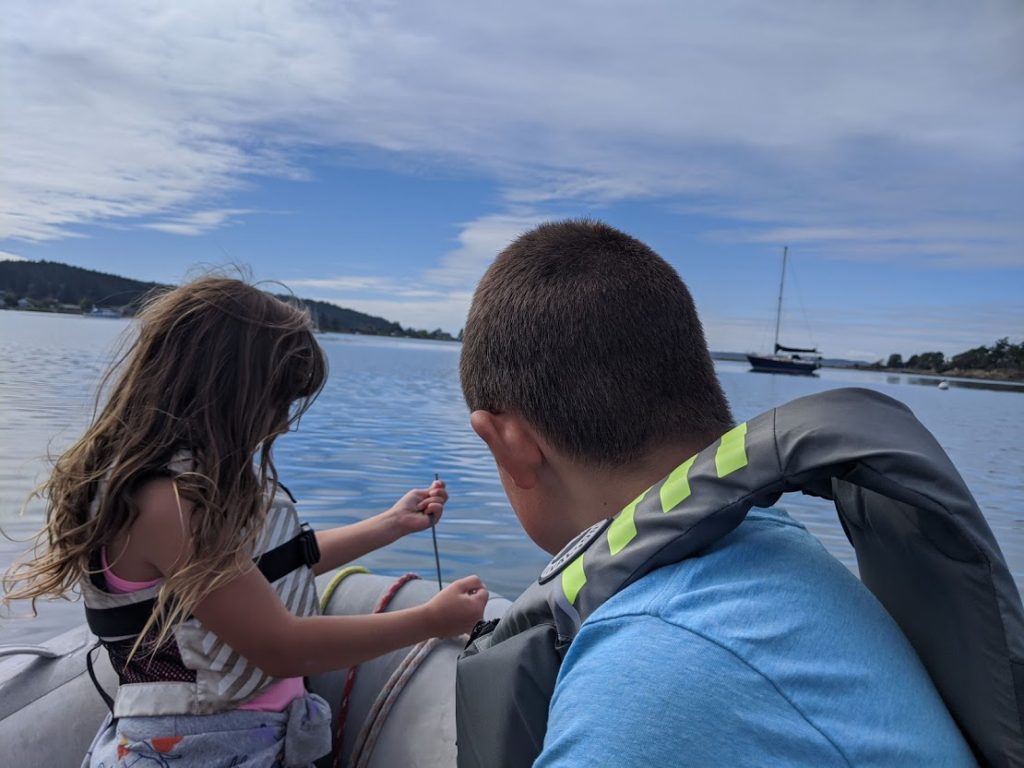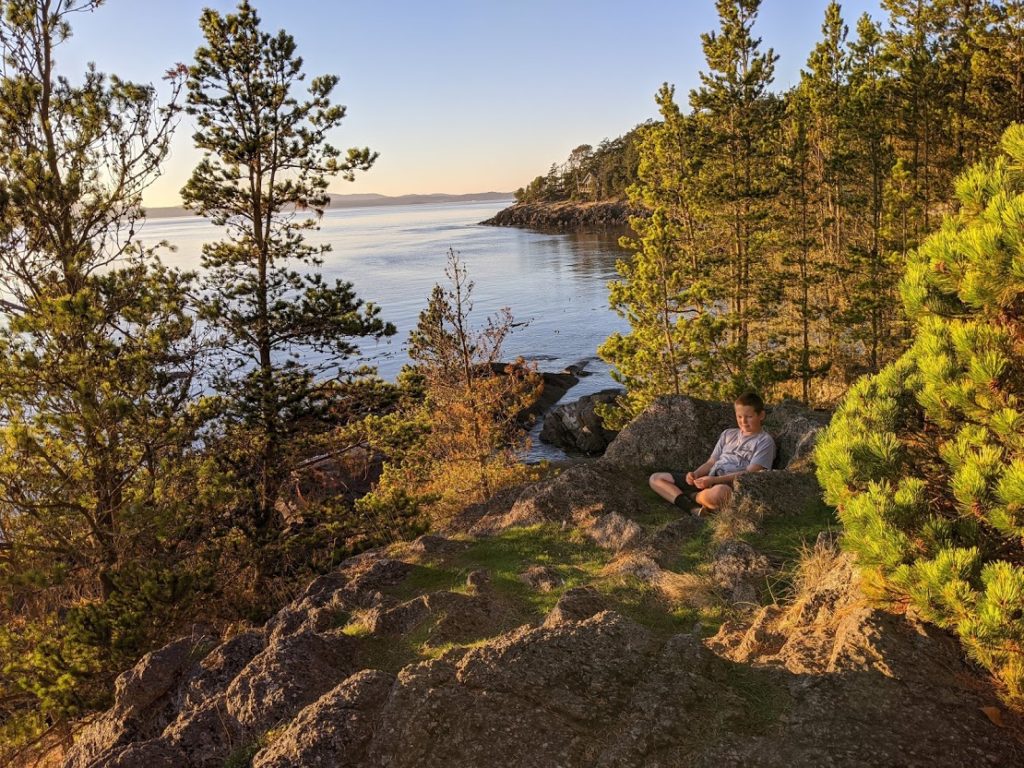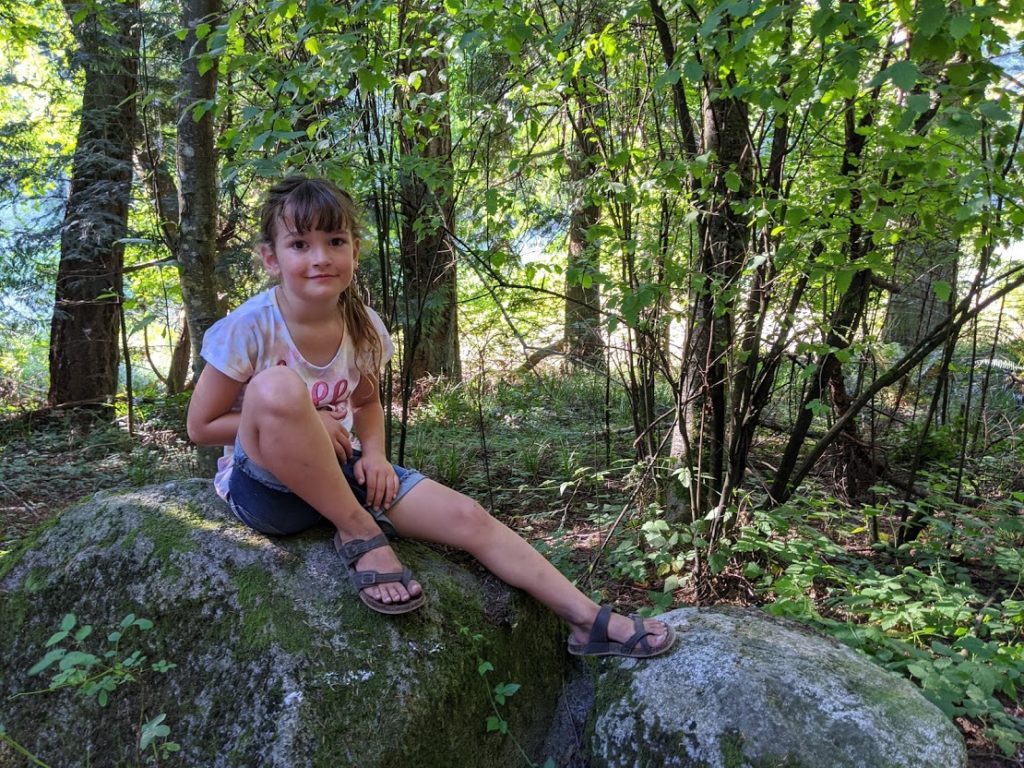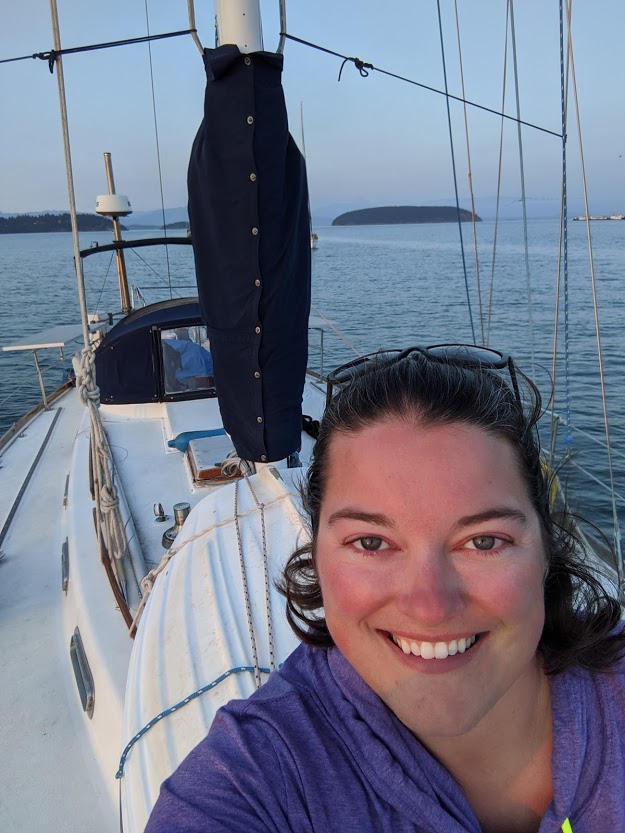This article was previously written by Rachel Messerschmidt for and published by Vancouver Family Magazine in March 2021.
We spent our first winter in the Puget Sound in a temporary slip at the Port of Poulsbo. If you’ve never visited the quaint little viking village on the Kitsap Peninsula, this adventurer highly recommends it. “Little Norway”, as they call themselves, is an adorable town steeped in tradition and culture.
Our family thoroughly enjoyed the months that we called Poulsbo home base. The Port’s docks go ashore right in the heart of the downtown waterfront with shops, restaurants, and the Puget Sound’s best secondhand marine thrift shop within easy walking distance. We brought our SUV up to Poulsbo from my parents’ place in Woodland and settled into an easy routine of work and play. We even signed the kids up for horse riding lessons at a nearby stable and other fun classes through Parks and Recreation.
Despite loving a slower pace, we were anxious to get back out cruising. We had planned to leave the marina by March 1, but, of course, Covid struck and shook the world all up.
I scoured the internet for information as the situation around the sound changed daily. Were marinas allowing visiting boats? Were the state parks open? Could we reliably get fuel or water or food if we left Poulsbo?
The state was put into stay-at-home orders so we stayed put in the marina through April. We used the extra time to prep our floating home to be as completely self-sufficient as possible. We stocked up on non-perishable food items and guessed that we had about 6-months’ worth of canned goods stashed on the boat. We added a solar power system so that we wouldn’t need to rely on getting into marinas plus we still had our little suitcase generator aboard as a backup. We devised options for washing clothes and showering off-grid, and wished we had a functioning watermaker aboard to desalinate the salt water we sat in.
On May 1, the Port of Poulsbo ended their winter moorage program and we weren’t allowed to stay any longer. We headed out for our second cruising season with excitement and not a small amount of trepidation.
For me, the boat has always been something of an apocalypse plan. Being self-sufficient is a practice that I thoroughly enjoy. We had everything that we needed to survive and stay safely away from other people. A boat is, actually, the perfect self-isolation option.
Our pre-Covid plans had been to head north from Poulsbo to explore the beautiful and often isolated islands of Canada’s British Columbia. But, of course, the border was closed and we weren’t allowed. The island communities in the San Juans were also asking people to stay away, so we stayed south. The stay-home orders were technically still in place, but it raised an interesting question for us. Where were we supposed to ‘stay’ when we live on a boat and move from place to place 8 months of the year?
But the summer cruising, while not at all what we had expected, was enjoyable and we were very happy to be back out exploring our world with our children. Avoiding other people, especially other family boats, was awkward and hard for us … but at least we had each other.
With our solar panels keeping up with our energy needs, we thoroughly enjoyed living at anchor. Being away from marinas and docks was freeing and my frugal heart loved that we only had to pay for a slip twice from the time that we left Poulsbo all the way into the fall stormy season.
Eventually, with the state phasing in opening up, we were allowed more freedom to move around responsibly, and we headed north to the San Juan Islands. We spent late July through early October exploring those beautiful islands and doing some great sailing.
But the autumn squalls came in early and hit hard. One particularly nasty storm, with winds above 55 mph and much higher than predicted, caught us out at anchor and gave us the ride of our lives – and not in a good way. Thankfully, we made it through relatively unscathed. But after that, we were ready to head south toward winter moorage.
We’d decided to take a slip that winter in Olympia. We wanted to be closer to our family and spend more time with them for our final off-season before leaving for Mexico in the fall.
Now we’re looking forward to some final boat projects to ensure Mosaic is ready for the ocean passage down the west coast. The passage south will be our biggest test yet. Unlike the 37-hour jump from Astoria to Port Townsend, getting to California could take a week or more offshore. And, this time, we won’t have a captain with us to hold our hands.
Rachel Messerschmidt and her family are Clark County natives currently living and cruising full time aboard their sailboat, Mosaic, in the Pacific Northwest and preparing to leave for Mexico in the fall. Rachel blogs about her life and journey at www.mosaicvoyage.com and shares her family’s adventures in a monthly column in Vancouver Family Magazine.


